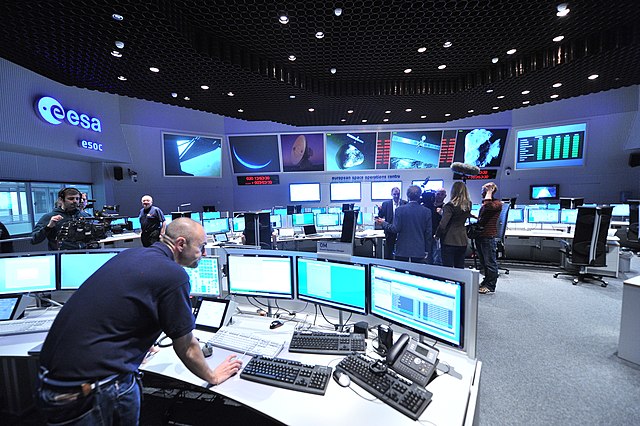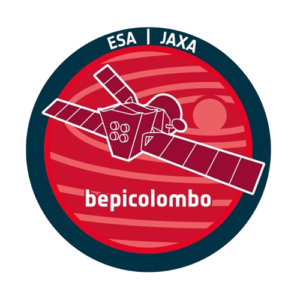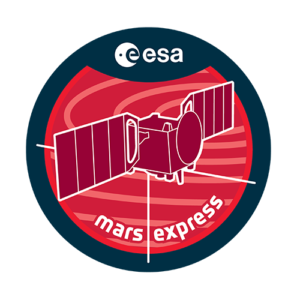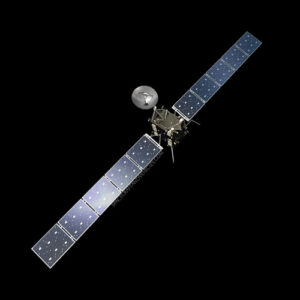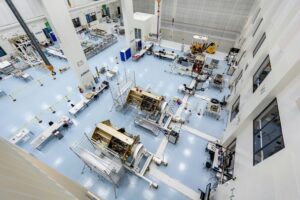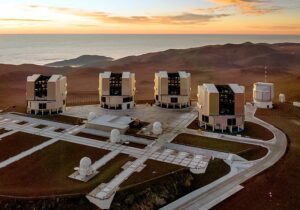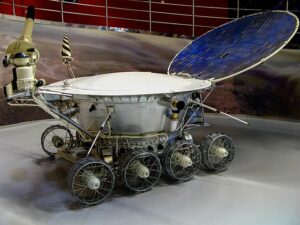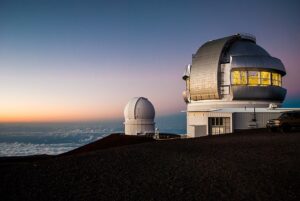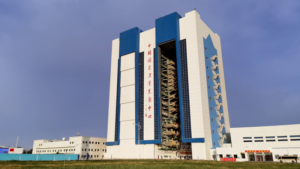ESA’s European Space Operations Centre (ESOC), located in Darmstadt, Germany, is the European Space Agency’s primary mission control center. Established in 1967, ESOC’s primary objectives include the operation and management of ESA’s spacecraft, monitoring their health and performance, and ensuring successful mission execution.
ESOC is crucial for the control of satellites and deep space missions, playing a significant role in Europe’s space exploration efforts. Notable achievements of ESOC include managing the highly successful Rosetta mission, which made history by landing a probe on a comet and controlling the Mars Express mission, which has provided invaluable data about the Red Planet. ESOC continues to be at the forefront of space operations, supporting a wide array of scientific, Earth observation, and interplanetary missions.
History and Evolution
The European Space Operations Centre was established in 1967 in Darmstadt, Germany, to serve as the operations hub for ESA’s space missions. Initially, ESOC focused on managing the European Space Research Organisation (ESRO) satellites. As ESA’s missions grew in complexity and scope, ESOC expanded its capabilities, incorporating advanced technologies and systems to support a wider range of missions.
During the 1980s and 1990s, ESOC played a critical role in several pioneering missions, including the Giotto mission, which provided close-up images of Halley’s Comet, and the Hipparcos mission, which significantly improved our understanding of stellar positions and motions. The centre also managed the first European weather satellite, Meteosat, which has since become a cornerstone of Europe’s meteorological observation capabilities.
In the 21st century, ESOC has continued to evolve, managing groundbreaking missions such as Rosetta, which achieved the first landing on a comet, and Mars Express, which continues to provide detailed imagery and data about Mars. Technological advancements at ESOC include the development of sophisticated tracking and communication systems, improved mission planning tools, and the implementation of automated systems to enhance operational efficiency. Today, ESOC is a world leader in space operations, managing a diverse portfolio of missions and contributing to international collaborations in space exploration.
Related Spacecraft and Programs
Here are some of the remarkable vehicles launched from this location:
Infrastructure and Facilities
ESA’s European Space Operations Centre is equipped with state-of-the-art facilities to support its mission control and space operations activities:
- Main Control Room (MCR): The central hub for mission operations, where spacecraft are monitored and controlled 24/7.
- Ground Station Network (Estrack): A network of ground stations worldwide that provide communication links between ESOC and spacecraft.
- Flight Dynamics Room: Specialized facilities for calculating and predicting spacecraft trajectories and maneuvers.
- Satellite Control Rooms: Dedicated control rooms for managing specific satellite missions and Earth observation programs.
- Data Systems Infrastructure: Advanced IT and data processing systems for analyzing mission data and supporting operational activities.
- Training and Simulation Facilities: Used to train mission controllers and simulate mission scenarios to ensure readiness for any situation.
